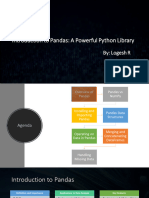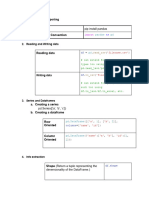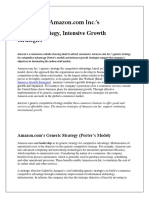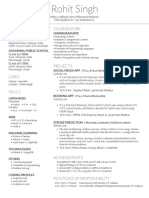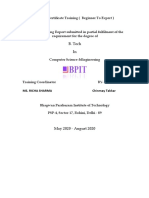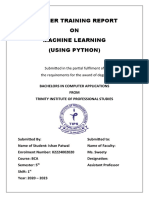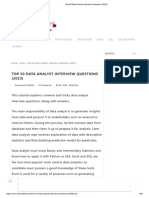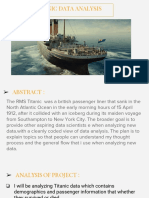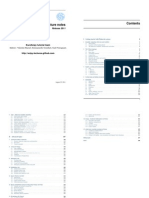0% found this document useful (0 votes)
59 views12 pagesIntroduction To Pandas in Data Analytics
Introduction To Pandas In Data Analytics
Uploaded by
Wael AlyCopyright
© © All Rights Reserved
We take content rights seriously. If you suspect this is your content, claim it here.
Available Formats
Download as PDF, TXT or read online on Scribd
0% found this document useful (0 votes)
59 views12 pagesIntroduction To Pandas in Data Analytics
Introduction To Pandas In Data Analytics
Uploaded by
Wael AlyCopyright
© © All Rights Reserved
We take content rights seriously. If you suspect this is your content, claim it here.
Available Formats
Download as PDF, TXT or read online on Scribd
/ 12

